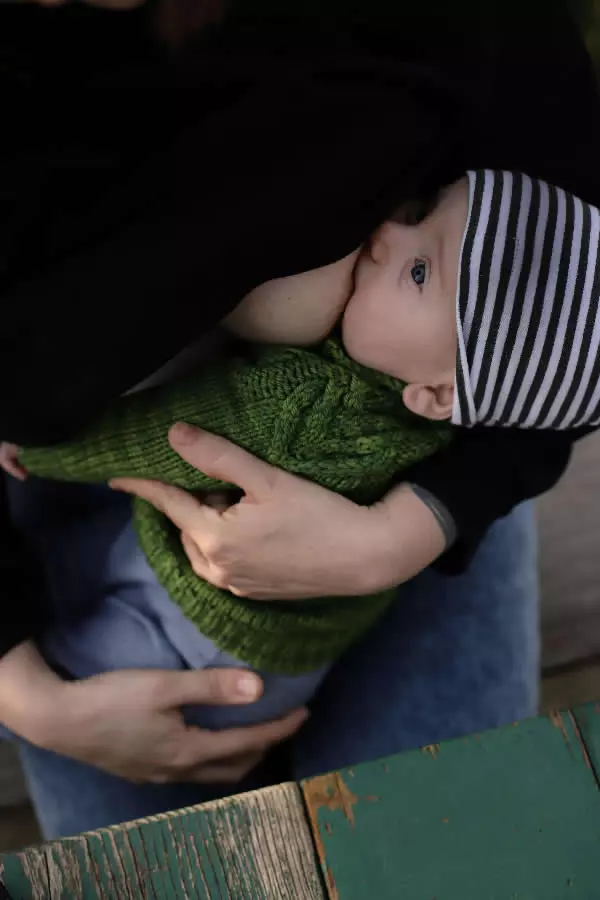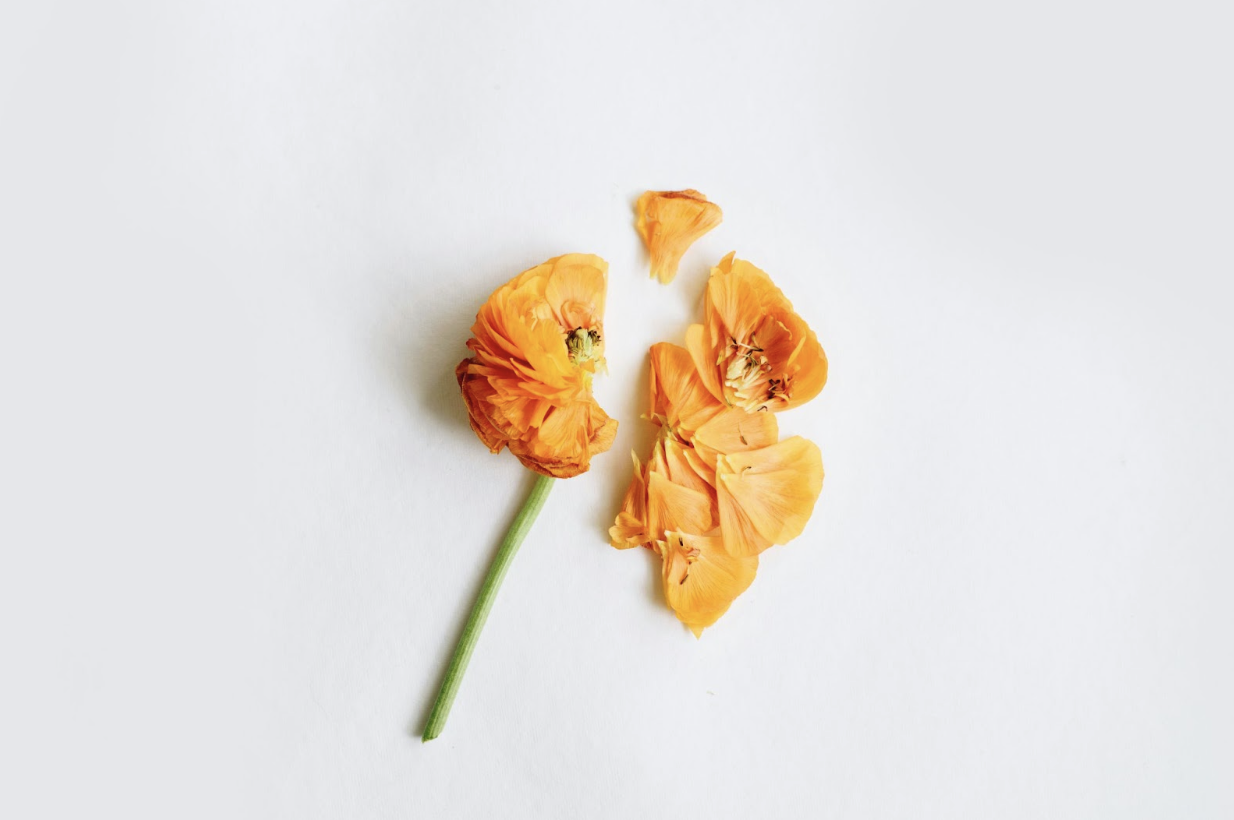
The Femina Physical Therapy Blog
Featuring original articles by our staff about current events and trends
Explore our insightful blog articles on pelvic health, where we delve into essential topics that empower and educate. From understanding pelvic floor disorders to strategies for conquering infertility, our content is designed for those seeking knowledge and support. We discuss the latest research, expert advice, and practical tips to enhance your well-being and foster a deeper connection to your body.
Featured From the Blog:
Lightning Crotch in Pregnancy: How You Can Start Recovering from SPD

What is symphysis pubis dysfunction (Lightning Crotch)?
Symphysis pubis dysfunction (SPD), also known as pubic symphysis dysfunction, anterior pelvic girdle pain, or lightning crotch, is a common musculoskeletal condition that is experienced by pregnant women and can vary from minor discomfort to severely debilitating pain. It is typically characterized by discomfort in the front pelvic area that can radiate to the inner thighs and perineum (think where your pubic bone is).
Read more: Lightning Crotch in Pregnancy: How You Can Start...
Treating Bloating and Abdominal Distension: a Multi-Disciplinary Team

Why a Multi-Disciplinary Team is Best for Treating Bloating and Abdominal Distension
Bloating, abdominal distension, loose stools, constipation, abdominal or pelvic pain, fatigue, brain fog, weakness, nutritional deficiencies… these symptoms may be caused by a variety of gastrointestinal or pelvic conditions. If you are experiencing any of these symptoms, this article is a good place to start when deciding who to have on your care team, and what treatments can help!
Therapeutic Breast Massage in Lactation (TBML)

Therapeutic Breast Massage in Lactation Can Help Make Breastfeeding Less Painful
Breastfeeding is widely accepted as the normal standard for providing nutrition to newborns, however, many women who do not reach their breastfeeding goals. US national data stated that breast pain was a commonly reported reason for women weaning less than 1 month postpartum. Within that segment, 29% of women who participated in the study stated that “breastfeeding was too painful” to continue.
In the same study, 24% of women reported “breasts feel(ing) too full or engorged” as another reason to discontinue breastfeeding prior to 1 month postpartum.1 Currently, The American Academy of Pediatrics recommends exclusive breastfeeding of infants for the first six months of life. As physical therapists who treat patients with postpartum conditions, we are well positioned to make a big impact on patients with breastfeeding related pain and reduce barriers to continued breastfeeding!
- Details
- Written by: Kasia Gondek, PT, DPT, CLT, CSCS
- 1048 Views

Learn These Simple Exercises For Pregnancy Related Carpal Tunnel Relief
During pregnancy, swelling is a common occurrence.
Swelling of the legs, feet, and ankles is common, but also the wrists and hands! Over time, this can cause compression, inflammation, and irritation of the median nerve that passes through the carpal tunnel of the wrist (which is on the palm-side of the wrist). This compression and irritation is called carpal tunnel syndrome (CTS). Carpal tunnel syndrome (CTS) is common in pregnancy due to the extra fluids retained in the body, as well as hormonal changes causing increased flexibility of ligaments and joints in the body. It is estimated that between 19 to 70% of pregnant people experience carpal tunnel syndrome, and 47.5% of those people have carpal tunnel syndrome in both wrists. It is more common in the third trimester, accounting for 63% of cases.1
Read more: Pregnancy Related Carpal Tunnel Relief - Exercises for...
- Details
- Written by: Kasia Gondek, PT, DPT, CLT, CSCS
- 1308 Views

What to Know if You're Experiencing Lower Abdominal Pain with Orgasm
Read on for Common Causes and Solutions
Pain with orgasm or climax is called dysorgasmia, and it can be caused by physical, emotional and/ or psychological factors. Typically dysorgasmia is felt as pain with climax in or around the lower abdomen or clitoris, but symptoms can feel different from one person to the next. Due to a lack of research on female dysorgasmia, it is unknown how many vulva-owners experience pain with orgasm. However, around 3 in 4 people with a vulva have experienced pain with vaginal penetration (called dyspareunia) at some point in their life, according the American College of Obstetricians and Gynecologists (ACOG).
Read more: Lower Abdominal Pain with Orgasm - Female Dysorgasmia
- Details
- Written by: Femina PT
- 938 Views

What do Breastfeeding women need and want? Let's take a closer look.
You’ve had your bundle of joy and you’re working out the kinks of having a new baby in your life and feeding them the best you can. From breastfeeding to return to exercise, there are many challenges that new moms must navigate.
There are a wide range of feeding options, from exclusively breastfeeding to formula/food feeding or a combination of the two. Studies have tried to get a better understanding of what women need in this stage of motherhood, particularly determining what impacts breastfeeding may have on exercise and activity. We know that breastfeeding causes a depression in estrogen which in turn can cause pelvic floor dysfunction like the involuntary leakage of urine with activities such as sneezing, coughing, laughing or exercise defined as stress urinary incontinence. This type of incontinence has been linked to a longer duration of breastfeeding, however its effects are not lasting (Snyder). Breastfeeding people may also have breast-related discomforts such as nipple pain, mastitis, and over/under supply. Any of these symptoms may limit one’s motivation to exercise.
Read more: What do Breastfeeding Women Need and Want? - No One Told...
- Details
- Written by: Debbie Dy, PT, DPT
- 1054 Views

Exploring the clinical consequences of Levator Ani Muscle Avulsion
Including its risk factors and current management strategies, including the role of pelvic floor physical therapy
Levator ani muscle (LAM) avulsion is a significant concern in obstetric care, particularly for women undergoing vaginal delivery. This condition involves a tear in the levator ani muscle, which plays a crucial role in pelvic support and function. Avulsion of the levator ani muscle from its insertions has a significant impact on the function of the pelvic floor, often leading to symptoms such as pelvic organ prolapse, urinary and bowel incontinence, and sexual dysfunction.
The Clinical Consequences of Levator Ani Muscle Avulsion
According to Dietz (2012), levator ani avulsion can lead to a range of adverse outcomes, impacting a woman's quality of life. The levator ani muscle supports pelvic organs and maintains continence. When avulsion occurs, this support is compromised, increasing the risk of pelvic organ prolapse, urinary incontinence, and other functional disorders. The severity of these outcomes can vary, but they often necessitate further medical intervention.
Read more: Understanding Birth Injuries: Levator Ani Muscle Avulsion
- Details
- Written by: Anna Larson, PT, DPT
- 1417 Views

Pregnancy is a time of significant physical and hormonal changes, and among the many hormones involved, Relaxin plays a crucial role. However, there’s a common misconception that Relaxin is responsible for pain during pregnancy. Let’s take a closer look at what Relaxin does and why it doesn’t directly cause pain.
What is Relaxin?
Relaxin is a regulatory hormone involved in growth, metabolism, and tissue remodeling after an injury to our bones, ligaments, muscles or tendons (Dehghan 2014). During pregnancy, Relaxin levels begin to increase in the first trimester to help the body prepare for childbirth by relaxing the ligaments in the pelvis and softening the cervix (Aldabe 2012, Daneau 2014). The ligaments of the pelvis will begin to relax around the 10th-12th week of pregnancy (Aldabe 2012). This process allows for greater flexibility in the pelvic area, facilitating delivery and accommodating the growing baby.
Read more: Understanding Relaxin: Why It Doesn’t Cause Pain in...
- Details
- Written by: Anna Larson, PT, DPT
- 1187 Views

The pelvic floor is a crucial yet often overlooked part of our anatomy. It is a group of muscles akin to a hammock, starting from the pubic bone to the tailbone, which help to support our pelvic organs and contribute to overall core strength and stability. These muscles also act to control the opening and closing of our urethra and anus to allow urine and feces to eliminate, and stay continent (Raizada 2008). Last but certainly not least, the pelvic floor also plays a role in sexual function. For women, the pelvic floor assists with arousal and orgasm as it is in close proximity with the clitoris (Rosenbaum 2007). The pelvic floor undergoes remarkable changes during and after pregnancy, impacting both physical health and daily life.
Pelvic Floor Changes During Pregnancy
During pregnancy, the pelvic floor undergoes several significant changes:
- Increased Pressure: As the baby grows, it exerts additional pressure on the pelvic floor muscles. This pressure can lead to stretching and potential weakening of the muscles.
- Hormonal Effects: Pregnancy hormones, such as relaxin, help loosen the ligaments and muscles in preparation for childbirth, which includes the muscles of the pelvic floor (Aldabe 2012)
- Weight Gain: The added weight from the baby and amniotic fluid increases the load on the pelvic floor, requiring it to work harder to maintain support.
Read more: What is the Pelvic Floor and What Happens After Giving...
- Details
- Written by: Anna Larson, PT, DPT
- 1001 Views

Negotiating Physical Activity for Perinatal Mental Health
Exercise is commonly prescribed as one method to help improve one’s mental health (Ekkekakis 2013, Hu et al 2020, Heissel et al., 2023, Stubbs et al 2018, Vella et al 2023). However, a major barrier to begin an exercise routine can often be lack of motivation and fatigue, which is experienced by those suffering from depression (Faulkner and Biddle 2004, Glowacki et al 2017). Postpartum depression and other mental health illness is quite common, with research suggesting a prevalence of up to 20% in new mothers (Bauer et al 2014). Many new moms are told by health care providers to exercise during pregnancy and postpartum. However, advice and guidance on how to overcome barriers to exercising, including mental health barriers, is not addressed often enough.
Most research is focused on the benefits of exercise for mental health support in the general population and postpartum, but rarely addresses the barriers the postpartum population experiences related to mental health. An online survey by Goncalves et al recently set out to fill this gap in knowledge, exploring how women negotiate physical activity for their mental health and the barriers to participating in physical activity associated with mental health illness. 186 mothers were included in the study, from 6 weeks postpartum up until 4 years postpartum, three main themes were found in this qualitative study: barriers to physical activity associated with mental illness, strategies to negotiate being active for perinatal mental health, and guilt associated with not being active enough.
Read more: Negotiating Physical Activity for Perinatal Mental Health
- Details
- Written by: Anna Larson, PT, DPT
- 991 Views

Sexuality Changes Postpartum Are Common
Sexual Function After Childbirth Can Be Restored With These Tips
In my last blog post, we explored the barriers many women face during the postpartum period regarding return to their sexual lives. Several physical, emotional, and relational components can delay the return to sexual activity, and the enjoyment of it as well. If you missed that post, check it out here.
A qualitative study of over 1000 women was performed in interview style to collect coping mechanisms new moms adapted to deal with all of the changes that come with the postpartum period that impact their sexuality. The women were found to have three different categories of coping mechanisms: emotional, relational, and physical. Summarized below are the common strategies used by women to recover their sexuality postpartum:
Read more: Coping Mechanisms for Sexuality Changes Postpartum












